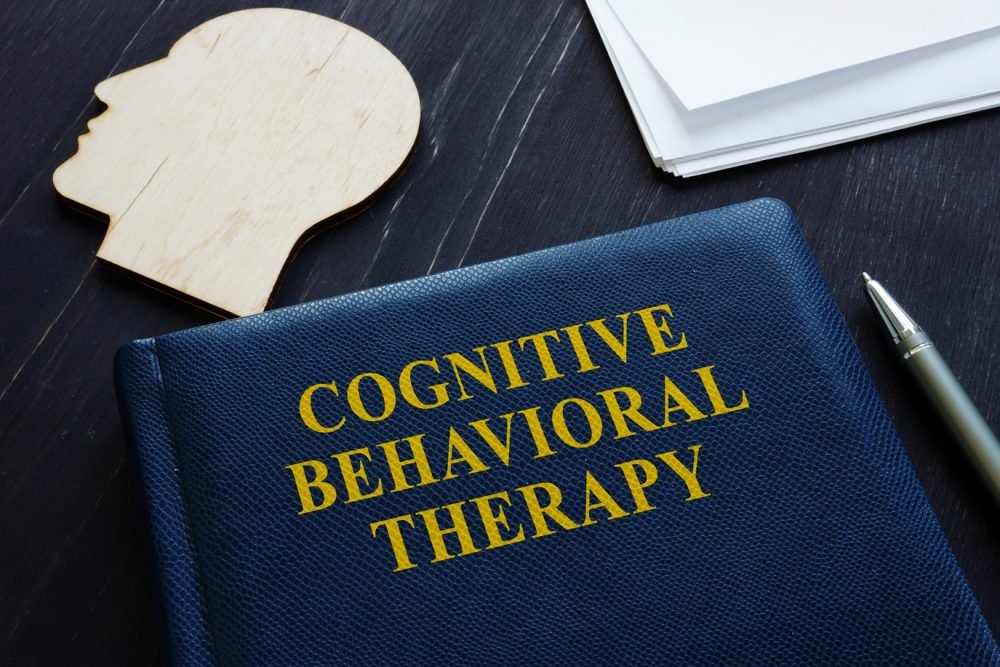Advertisment
CBT intervention with yoga and education components improved pain management for patients on long-term opioids better than usual care

Cognitive behavioral therapy intervention with yoga and education components improved pain management for patients on long-term opioids better than usual care.
A pragmatic randomized controlled trial comparing pain-related outcomes for patients with chronic pain receiving long-term opioid therapy found that patients who received cognitive behavioral therapy (CBT) in their treatment plans reported improvements in self-reported pain and greater reductions in pain impact after one year. The findings are published in Annals of Internal Medicine.
Long-term opioid use targeting chronic pain can be associated with significant adverse health outcomes. Alternative approaches to chronic pain management have been extensively studied in patients with specific types of chronic pain in specialty settings. However, this study is the first examination of alternative treatments for broad chronic pain who were being treated with opioids in a primary care setting.
Researchers from Kaiser Permanente Washington Health Research Institute randomly assigned 850 adult patients taking long-term opioid therapy for chronic pain to receive either usual care (n=417) or a CBT intervention (n=433) embedded in primary care. Frontline clinicians delivered the intervention that included talk therapy and yoga-based adaptive movement. The patients were assessed quarterly over 12 months for self-reported measures of pain and disability. The researchers found that patients receiving CBT had greater reductions in pain impact and pain-related disability compared to the usual care group. In addition, one in four patients receiving CBT reported more than 30 percent reductions in pain compared to similar reports from one in six patients receiving usual care. Patients in the CBT intervention group showed greater reduction in benzodiazepine use but there was no impact on opioid usage in either group.
Although effects of the intervention were modest, they persisted after treatment through final 12-month follow-up. Given the limited efficacy and safety of long-term opioid treatment of chronic pain and increasing demand for nonpharmacologic treatment, the researchers believe that this type of intervention may be an attractive option.





